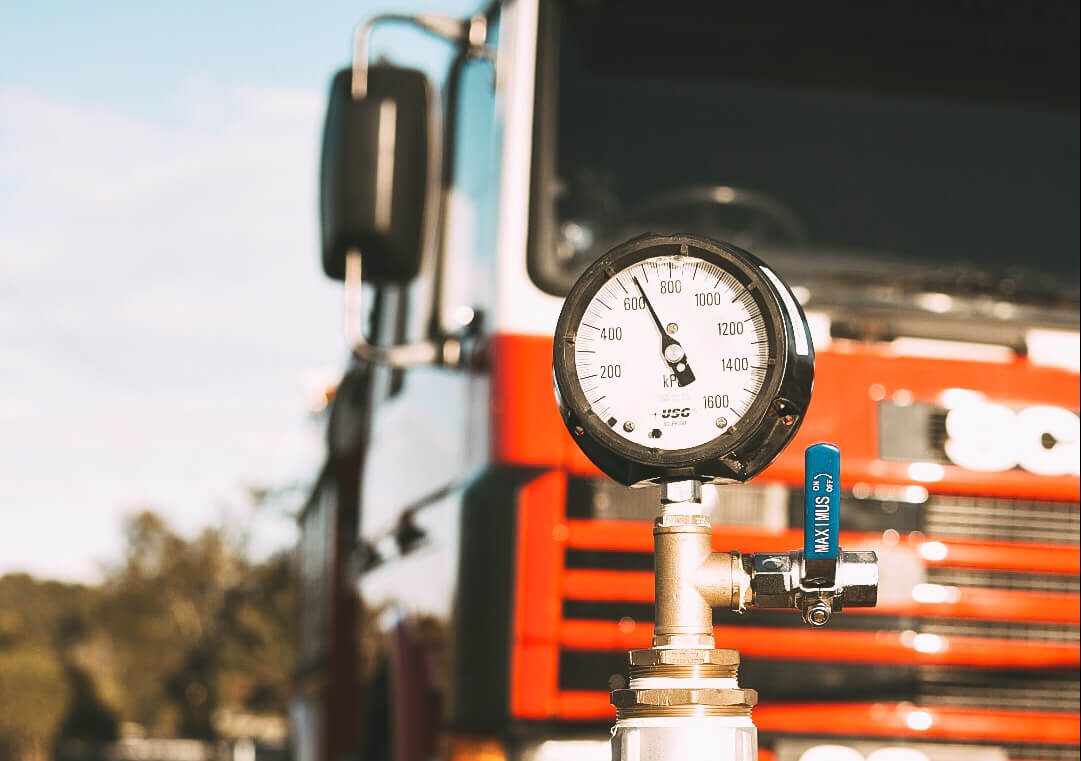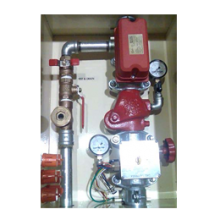Fire System Testing: A Comprehensive Guide to Guarantee Fire Safety
Fire security is a critical aspect of building design and monitoring. It is necessary to have a properly designed fire system that can detect, control, and extinguish a fire in a prompt as well as efficient manner. However, having a fire system in place is insufficient; it needs to be checked regularly to ensure that it is working as meant. This write-up will certainly talk about the importance of fire system testing and also provide a detailed overview to aid structure proprietors and also managers make sure fire safety in their facilities.
Why Is Fire System Screening Important?
Fire system screening is necessary for several reasons. Initially, it helps to make certain that the fire system is working as planned. A poorly designed or malfunctioning fire system can stop working to identify a fire or trigger the proper fire suppression steps, which can lead to severe damage or even death.
Second, routine testing can assist to recognize any type of issues with the fire system prior to they come to be major issues. For instance, if an element of the fire system is not operating properly, it can be recognized and repaired before a fire takes place.
Third, fire system screening is often needed by law. Building regulations and also policies need regular testing of fire systems to make sure that they satisfy safety requirements.
What Is Associated With Fire System Screening?
Fire system screening involves a series of treatments to ensure that all components of the system are functioning appropriately. The adhering to are the crucial elements of fire system testing:
Aesthetic Evaluation
A visual evaluation of the fire system components, such as smoke alarm, sprinklers, and extinguishers, is the primary step in fire system screening. This involves checking for any indicators of damages, such as fractures or leakages, in addition to ensuring that all the components are effectively mounted and in the proper location.

Functional Checking
The following action is to test the performance of the fire system components. This includes triggering the smoke alarm, examining that the sprinkler heads are functioning, and also checking the fire extinguishers. This makes certain that each part operates as intended throughout an emergency scenario.
Efficiency Testing
Efficiency testing includes evaluating the general efficiency of the fire system, consisting of the reaction time of the alarms and the efficiency of the sprinklers and other reductions systems. This screening examines the system's ability to identify and also regulate a fire efficiently.
Fire Booster Flow Testing
Fire booster flow testing evaluates the efficiency and also capability of the fire hydrant booster, an important component of the fire system. This treatment determines the water flow and pressure from the fire hydrant to booster flow testing guarantee it fulfills the needed standards for firefighting functions.
Importance of Fire Booster Flow Testing
Fire booster flow testing is important for preserving the functional readiness of the fire hydrant booster. It makes certain that an adequate water system is offered to sustain firefighting efforts in case of a fire emergency situation. By carrying out normal flow testing, building owners and managers can determine any type of problems with the fire hydrant booster as well as take needed activities to remedy them, making certain the system's dependability.
Fire Booster Flow Testing Procedure
The fire booster flow testing procedure typically includes the following steps:
Preparation: Guarantee that the fire hydrant and affiliated equipment are accessible and also devoid of any type of obstructions. Notify relevant employees and also coordinate with local authorities if needed.
Devices Setup: Attach the flow meter to the fire hydrant as well as set it up according to the manufacturer's directions. Make sure the flow meter is adjusted Check out the post right here as well as functioning properly.
Flow Testing: Open up the fire hydrant valve to enable water flow as well as videotape the water circulation rate and stress analyses using the circulation meter. Conduct the test at different circulation rates to evaluate the booster's efficiency under various situations.
Documentation: File all the examination results, consisting of flow rates, pressures, as well as any monitorings or concerns identified throughout the testing procedure. Maintain a record of the examination for future recommendation and compliance objectives.
Fire Booster Flow Testing Regularity
The frequency of fire booster flow testing may vary relying on neighborhood guidelines, constructing codes, as well as the certain demands of the fire system. In general, it is suggested to perform fire booster flow testing every year or according to the regional territory's guidelines. Normal screening aids ensure the fire hydrant booster's correct functioning and supplies self-confidence in its preparedness during emergencies.
Frequently Asked Questions
Exactly how frequently should fire booster flow testing be conducted?
Fire booster flow testing must be performed every year or based on regional guidelines and also guidelines. Routine testing makes sure the fire hydrant booster's functional preparedness.
That should do fire booster flow testing?
Fire booster flow testing need to be carried out by certified professionals, such as fire defense engineers or trained technicians with proficiency in fire safety systems.

Exist any details standards for fire booster flow testing?
Fire booster flow testing standards may vary relying on the jurisdiction. It is essential to follow neighborhood guidelines and comply with sector criteria, such as those offered by the National Fire Defense Association (NFPA) or other relevant companies.
Conclusion
Fire system screening is a critical facet of guaranteeing fire security in buildings. It assists to validate the performance of the fire system elements, recognize any type of concerns or breakdowns, and ensure conformity with safety requirements. In addition to the normal visual examination, functional screening, and also performance screening, fire booster flow testing plays a considerable duty in keeping the operational readiness of the fire hydrant booster. By adhering to the suggested testing procedures and also frequencies, building proprietors and managers can make certain the efficiency and reliability of their fire systems, inevitably enhancing the security of passengers and shielding home from fire risks.